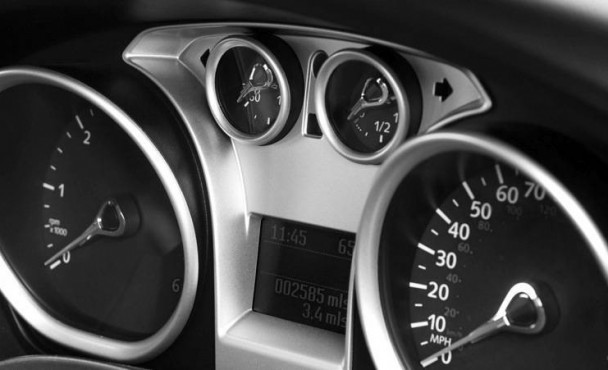One question that we are often asked is how can two Polycarbonate sheets be bonded together? At HighLine Polycarbonate we are mainly involved in producing Polycarbonate sheets with a wide range of high tech properties. We only engage in a limited amount of fabrication which includes routing of the sheets into finished part shapes. We do not engage in fabrication that requires bonding polycarbonate sheets together. Some of our customers do engage in this type of fabrication and we will list some of the methods that we know about for joining two sheets of Polycarbonate together. We would be very interested to hear from our readers about other methods that they know about so that we can update the post with additional information. We do not plan to cover physical methods of joining sheets together such as rivets, screws and tapes.
Solvents
The first method that we know about is using Methylene Chloride or a 60%/40% mixture of Methylene Chloride and Ethylene DiChloride. This solvent bonding technique is known to give a good bond strength and excellent optical clarity along with low capital investment. The mixture of Methylene Chloride and Ethylene DiChloride gives a slightly longer curing time than neat Methylene Chloride allowing more time to get the parts in the correct position; this is particularly important for larger parts. Suppliers of these chemicals can be found on Google. We recommend reading the Material Safety Data Sheet for information on safe handling and disposal before using any chemicals. We also recommend that you test any method on a small part before using on critical parts. Before starting the solvent bonding process, both surfaces should be cleaned with warm water. If there are greasy areas, IsoPropanol (IPA) should be used to wipe the surfaces clean. Some fabricators recommend dissolving between 2% and 5% Polycarbonate saw dust in the Methylene Chloride or Methylene Chloride/Ethylene DiChloride solvents before use in order to give a stronger bond strength. We have yet to see any evidence that the saw dust improves the bond strength. In any case, if you choose to try this method, make sure that all of the saw dust is fully dissolved before use, because otherwise lumps of saw dust may prevent good surface contact between the two parts. Another recommendation that we have heard from fabricators is that in order to prevent whitening of the joint occurring, 10% Glacial Acetic Acid should be added to the solvents. Whitening does not always occur, so we would only recommend that you try this solution if you are having problems with whitening on your particular parts.
Having made up the solution, the solvent should be applied to one of the clean parts. The two parts should then be clamped together with several hundred psi pressure for about 5 minutes. The parts should then be allowed to cure in a well ventilated area at room temperature for between two and five days.
Adhesives
The second method of bonding polycarbonate sheets is to use an adhesive; this is a cheaper solution than solvent bonding but we believe that the bond strength and the optical clarity are not as good. Many customers have had excellent results with products such as “Weld-on”. These products can easily be found using Google. – Other methods such as vibration welding and ultrasonic welding have had varying degrees of success depending on the part shape and thickness. We would suggest that you contact manufacturers of the equipment to see if these options are suitable for your needs. These methods would require capital investment.
Polyurethane interlayer
The final option that we know about is to laminate the two parts together using an interlayer material such as transparent Polyurethane. This method is often used to manufacturer ballistics laminates where Polycarbonate layers are bonded to glass. This method requires a lot of specialist knowledge and equipment, such as an autoclave so it is unlikely to be viable for the majority of applications.

